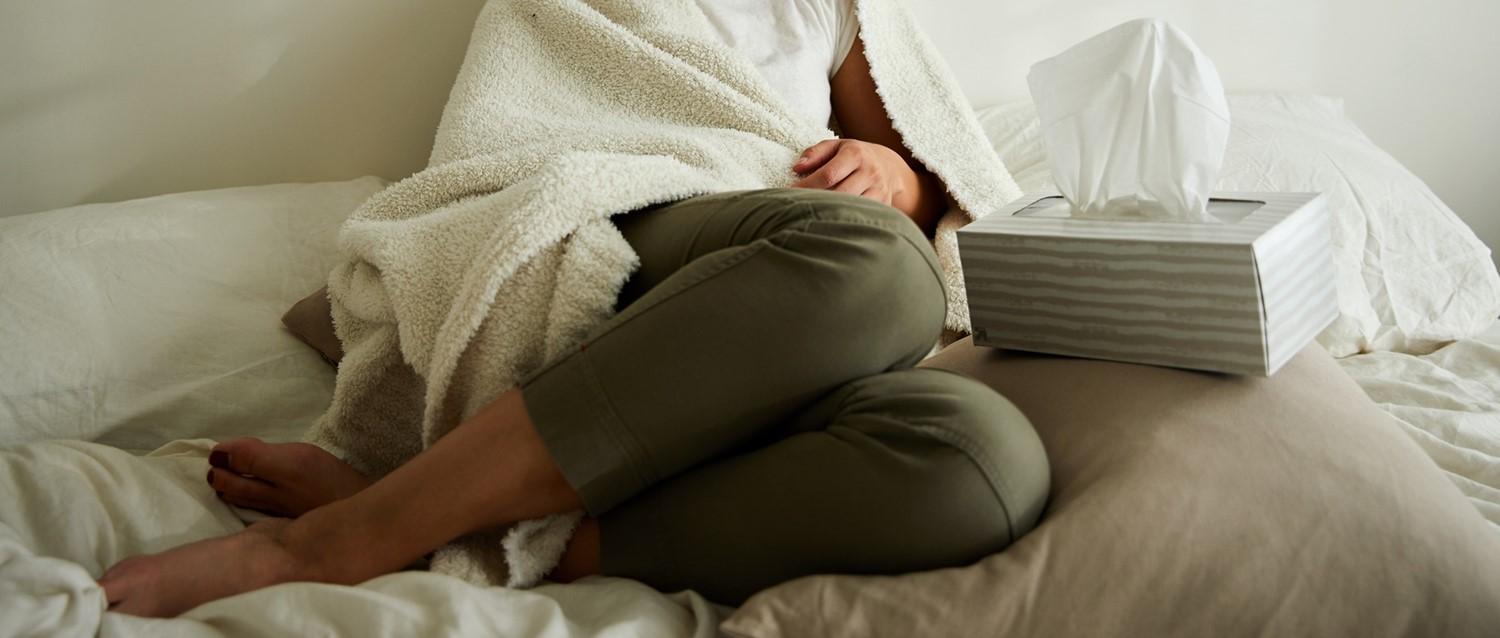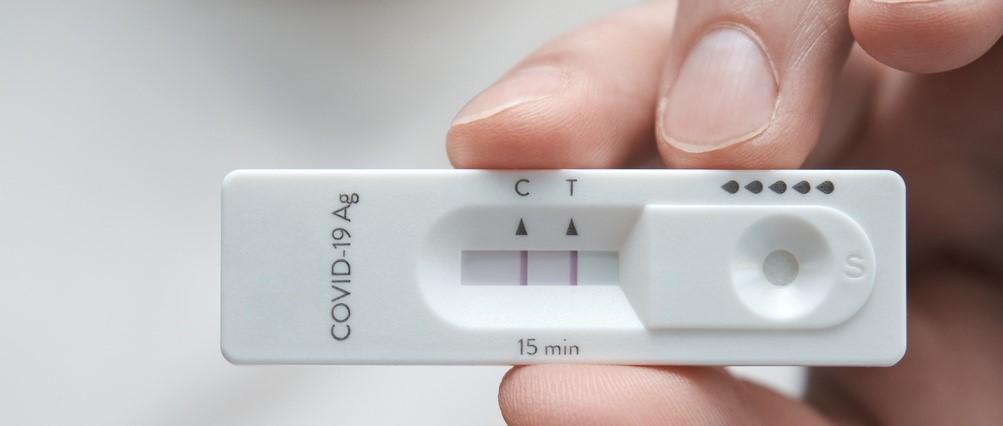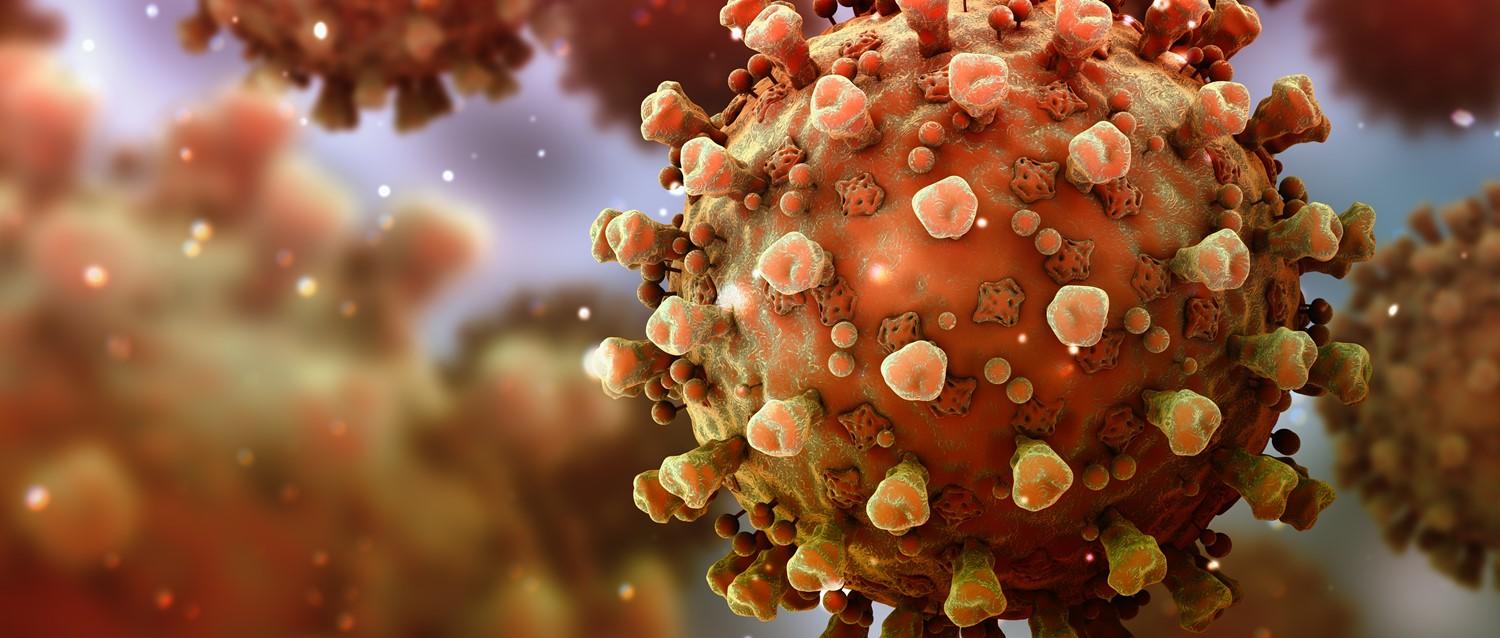
Was sind die Symptome der COVID-19-Variante Pirola?
Peer reviewed by Dr Krishna Vakharia, MRCGPAuthored by Lydia SmithOriginally published 9 Oct 2023
Erfüllt die Anforderungen des Patienten redaktionelle Richtlinien
- HerunterladenHerunterladen
- Teilen Sie
- Sprache
- Diskussion
Die Zahl der COVID-19-Fälle nimmt zu, angeheizt durch die Verbreitung einer neuen Variante namens Pirola. Aber wie kann man feststellen, ob man das Virus hat - und sollte man sich isolieren?
In diesem Artikel:
The UK Health Security Agency (UKHSA) has launched a new COVID-19 and flu dashboard following an increase in the number of infected patients in hospitals in the UK.
According to the dashboard, there were more than 11,000 positive COVID-19 cases reported in England in the week leading up to and including 20 September 20231. However, although cases are on the rise, they are not as high as they were this time in 2022.
The rise in new cases has been linked to the COVID-19 variant BA.2.86, which is also known as Pirola. It is a sub-variant of Omicron and has more than 30 mutations in its spike protein, compared with other Omicron variants. This means it may spread more easily, as the spike protein is how the virus enters human cells.
The UKHSA said Pirola has been identified in most regions, but added that vaccination offered protection against serious illness caused by the coronavirus.
Professor Susan Hopkins, chief medical advisor of the UKHSA said in a statement:
"The autumn vaccination programme has started and this new data shows once again how important it is that the most vulnerable among us are fully vaccinated in order to receive the greatest possible protection. I urge everyone eligible to come forward for their next dose as soon as they are called."
Lesen Sie unten weiter
Was sind die Symptome von Pirola?
The most common symptoms include: Sneezing, sore throat, headache, fatigue, high temperature, a runny nose, changes to your sense of taste or smell.
Less common symptoms include: Skin rashes, changes in the mouth or tongue - such as ulcers or soreness - sore fingers or toes, diarrhoea and itchy eyes2.
Should you self-isolate if you have COVID-19?
If you or your child have tested positive for COVID-19, you should try to stay at home and avoid contact with other people for 3 days after the day the test was taken if you are under 18.
If you’re over 18, you should try to stay at home and avoid contact with other people for 5 days after the day you took your test.
It’s important to avoid meeting people who are more likely to get seriously ill from viruses -such as the elderly or people with a weakened immune system - for 10 days after the day you took your test.
Lesen Sie unten weiter
Where to get a COVID-19 test
Some people are eligible for free COVID-19 lateral flow tests.
You may be able to get free COVID-19 tests if:
You have a certain health condition and are eligible for COVID-19 treatment on the NHS. For example, if you have a weakened immune system, HIV or AIDS, Down's syndrome, severe liver disease or if you are receiving treatment for cancer.
You work in healthcare or in a hospice.
If you aren't eligible for free COVID-19 tests, you can buy them at a pharmacy.
Weitere Lektüre
Patienten wählen aus für Informationen zu Varianten

COVID-19
Was wir über die neuen COVID-19-Varianten Eris und Pirola wissen
Da die Sperrungen der Vergangenheit angehören, ist COVID-19 vielleicht nicht mehr in aller Munde, aber das Virus breitet sich weiter aus. Und solange dies der Fall ist, werden auch weiterhin Mutationen des Virus, die oft als verschiedene Varianten bezeichnet werden, auftauchen. Hier erfahren Sie, was wir über die beiden neuen Stämme, Eris und Pirola, wissen.
von Lydia Smith

COVID-19
Was wir über die IHU COVID-19-Variante wissen
Solange sich COVID-19 weiter ausbreitet, wird es immer wieder Mutationen des Virus geben. Obwohl das Vereinigte Königreich immer noch mit der großen Zahl von Fällen der leicht übertragbaren Omicron-Variante zu kämpfen hat, haben Forscher über einen neuen Stamm namens B.1.640.2 oder IHU berichtet, der in Frankreich entdeckt wurde. Aber ist dieser Stamm genauso besorgniserregend wie andere Varianten von COVID-19 - und was wissen wir bisher über ihn?
von Lydia Smith
Lesen Sie unten weiter
Artikel Geschichte
Die Informationen auf dieser Seite wurden von qualifizierten Klinikern geprüft.
9 Okt 2023 | Ursprünglich veröffentlicht
Verfasst von:
Lydia SmithPeer-Review durch
Dr. Krishna Vakharia, MRCGP

Fragen, teilen, verbinden.
Stöbern Sie in Diskussionen, stellen Sie Fragen, und tauschen Sie Erfahrungen zu Hunderten von Gesundheitsthemen aus.

Fühlen Sie sich unwohl?
Beurteilen Sie Ihre Symptome online und kostenlos